The Chinese fashion market is one of the most promising market in the world. The demand for clothing is high and forecasts for the coming years are excellent. A lot of international fashion brands already understood it and want their own piece of cake.
As the middle class is growing very fast in China, the fast fashion brands are becoming more and more popular. These brands attract young Chinese consumers who love buying a lot of cheap pieces and mix them with more expensive items such as designer bags or shoes. The new generation can be considered as the “Mix & Match generation”.
Then, this phenomenon allows fast fashion brands to have a good turnover in China and amazing perspectives for the years to come.
Here is an overview of the international brands that are performing well in China right now:
New Look and its amazing expansion
New Look, the British brand arrived in 2014 in China, is planning for this year major push on the market.
The majority of the New Look shops that will be open this year are going to be in China as it’s one the most promising market for the group. New Look has already 30 stores throughout the country and plans to open 70 shops by March next year. Actually, the Chinese really enjoyed the affordable New Look products and the variety of the offer.
Zara expands in China via Alibaba’s online marketplace
Zara entered in China in 2006 but in order to gain a stronger foothold, the group has decided to launch its e-commerce market place on Tmall in 2014. His own e-shop Zara.cn was not very visited by Chinese consumers and Inditex wanted to take advantage of T-mall popularity among Chinese consumers to increase its sales.
Chinese consumers love Zara clean lines design and the group is very successful on the mainland as its sales increased by approximately 20% each year.
Topshop enter the Chinese market by e-commerce
Topshop opened its e-shop on Shangping.com, one of the favorite e-commerce platforms among Chinese Fashionistas.
Topshop answers quite well to Chinese fashion demands by providing unique product design and style sold at an affordable price.
China is a considerable market for H&M
H&M entered China in 2007 and became the retailer’s largest market outside of Europe and the United States.
The potential for the coming years is huge and H&M is developing its activities in the smaller Chinese cities to woo Chinese middle class consumers and their increasing purchasing power. In fact the competition into big cities is becoming stronger and the Swedish brand is trying to get ahead of others fast fashion retail brands.
The group result in tier-cities and third-tier cities is pretty encouraging and the brand plans to open others shops in China where its competitors are not present yet.
What about Gap?
Gap has focused on China expansion to counter the slowing growth of its sales in China.
The company has more than 80 stores in the country but is suffering from an identity problem compared to the other international giants. The brand identity is not very strong and Chinese consumers are very sensitive to it. They love to buy products from brands that will help them to feel different.
Fast fashion is definitely trendy…
Fast fashion is a huge trend in the fashion industry right now. These brands need to conquer the new generation (the Chinese Millennials) but they must bring them something different and being able to differentiate themselves from their competitors.
One of the best way to do it is to use the social medias. Chinese’s new generation consumers are hyper-connected and they loved to check online brands news and products. A digital presence on the Chinese social medias such as WeChat is for example crucial to succeed.

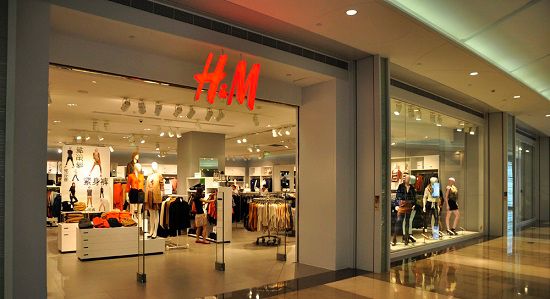
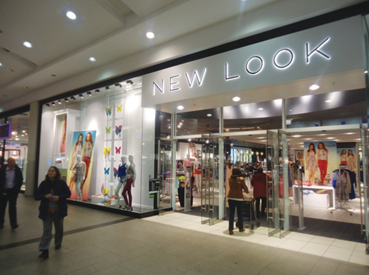
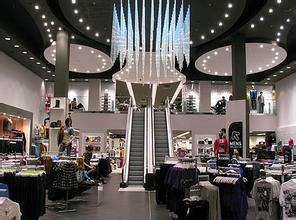

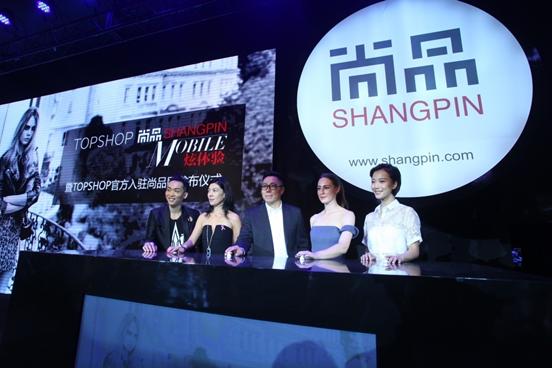

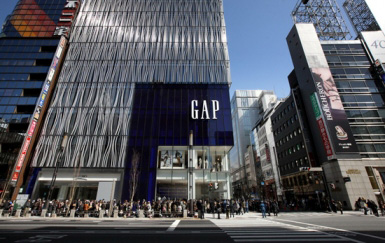
3 comments
PedroDiMeiguo
All the brands cited in the article like H&M, Zara, New Look… there are all Western or international brands. I am wondering if there are now Chinese fast fashion brands that can be as popular? Chinese people love fast fashion, so why not Chinese fast fashion
Dolores Admin
Reputation issue. Chinese brands are still suffering from the “made in china = bad” stereotype.
But there are some contenders, one of the biggest Chinese fast fashion brands would be Orchily.
Mike
Your answer was just what I neeedd. It’s made my day!